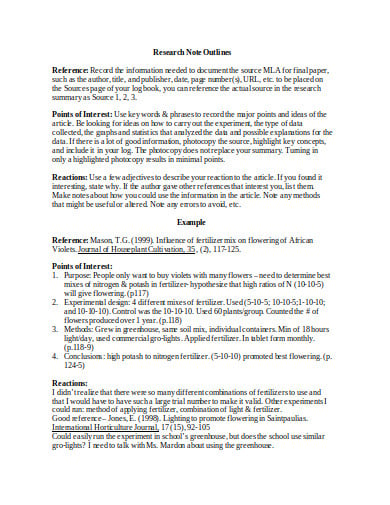
The senses convert energy (such as light or heat) into an energy form (electrical potentials) recognized by neurons in the brain. The input pathway to the brain is mediated by specific cells called senses. In this module, we consider two types of cells: one that relays information to the central nervous system (brain) for interpretation and a second set, motor neurons which relay information away from the central nervous system to govern voluntary movement. The problem sets are not graded, and there is no due-date for them. The problem sets require you to apply your knowledge from the lectures so it is best to be fairly familiar with the material before tackling them. We suggest that you read the notes, watch the videos, and answer the in-video questions before you start on the problem sets. The things to do this week are to watch the 5 videos, to answer the in-video questions, to read the notes, and to complete the Nervous System problem set. It responds to internal changes to the body as well as to changes in our external environment. The nervous system provides rapid communication throughout the body coordinating the actions of trillions of cells.

We start by considering the function of the individual cells (neurons) and then how they interact as an integrative system. In this module we will begin our tour of the various organ systems with the nervous system. This module will allow you to apply some of the concepts that you learned last week and provide you with more concrete examples. We hope you are enjoying the course! Last week's lectures can be challenging because we introduce many concepts that may be new to you. We are excited about sharing this educational experience with you. We will monitor the forum daily.Thank you for joining us. It has been our experience that these exercises are helpful in increasing understanding and retention of the newly learned materials.Please use the interactive forum as a means to exchange ideas, to ask questions, to form study groups and interest groups, and to meet your community.

They are not graded and are for your personal feedback.

We strongly encourage you to complete these problems sets. We encourage you to find which resource (videos and/or notes) works best for you.We have included a set of problems to be completed as homework exercises. The notes provide a more detailed summary of each topic. It will be most effective if you follow the sequence of videos. The things to do this week are to watch the 6 videos, to answer the in-video questions, to read the notes for each topic, and to complete two problem sets (homeostasis, transporters & channels, and endocrine concepts). We will return to these basic concepts again as we progress through the organs systems and consider how they respond to perturbations incurred in daily functions and in disease. This is an important introduction to how physiologists view the body. Welcome to Module 2 of Introductory Human Physiology! We begin our study of the human body with an overview of the basic concepts that underlie the functions of cells and organs within the body and their integration to maintain life.


 0 kommentar(er)
0 kommentar(er)
